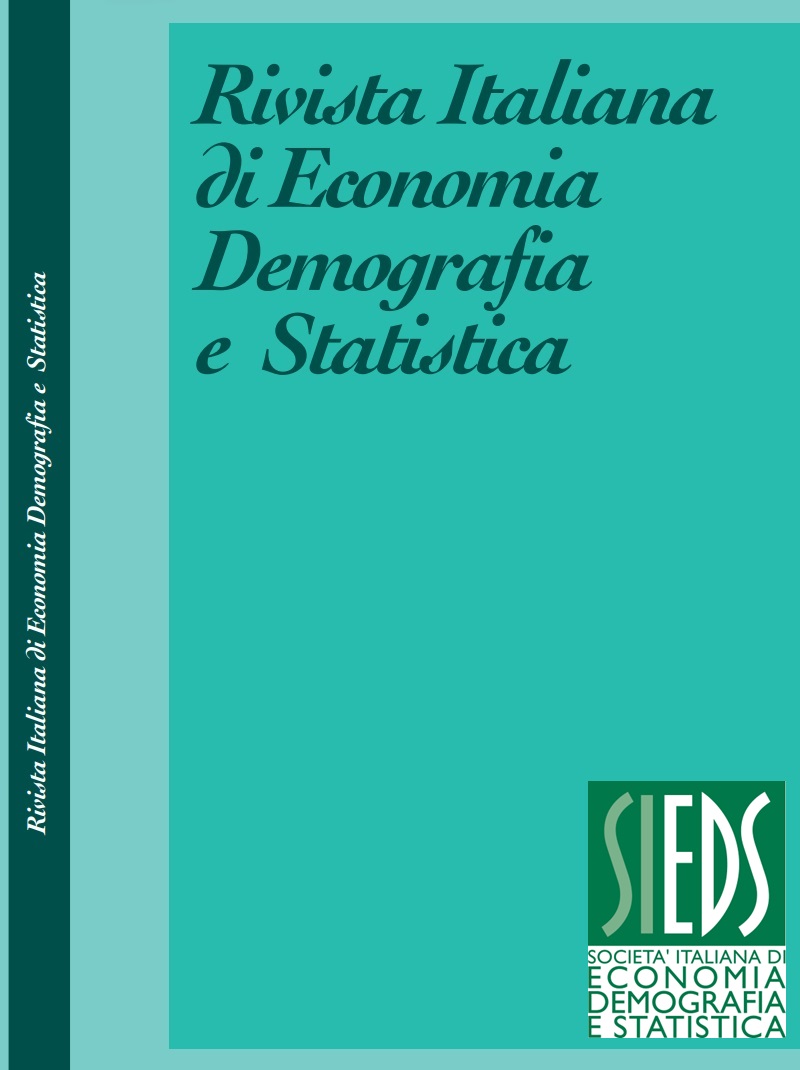Social mobility and mortality in Southern Sweden (1813-1910)
Abstract
Aim of this paper is to see how intra-social group mobility affected mortality patterns in southern Sweden covering the transition from preindustrial to a breakthrough industrial society, a period of deep transformation and increasing life expectancy. According to previous studies, Social Economical Status did not affect substantially life expectancy of Swedish population in the nineteenth century. Could it be possible that other socio-economic factors, such as the intergenerational social mobility, may have affected life expectancy? We use longitudinal micro-level data between 1813 and 1910 from the Scanian Economic Demographic Database with information on demographic events and socioeconomic status. Intra-social mobility is defined as the chances of an individual between at age 35 to experience a change of her/his Social Economical Status with respect to her/his father according to social power codification. The main reason for using it is that it is highly correlated with education and income. In addition, this classification can be used for both rural and industrial societies. A Cox proportional hazard model was applied to estimate the influence of social mobility, controlling for age and other possible determinant variables. The main finding is a significant and positive relationship between social economic mobility and mortality reduction.
Downloads
Published
Issue
Section
License
Copyright (c) 2020 Paolo Emilio Cardone

This work is licensed under a Creative Commons Attribution 4.0 International License.



